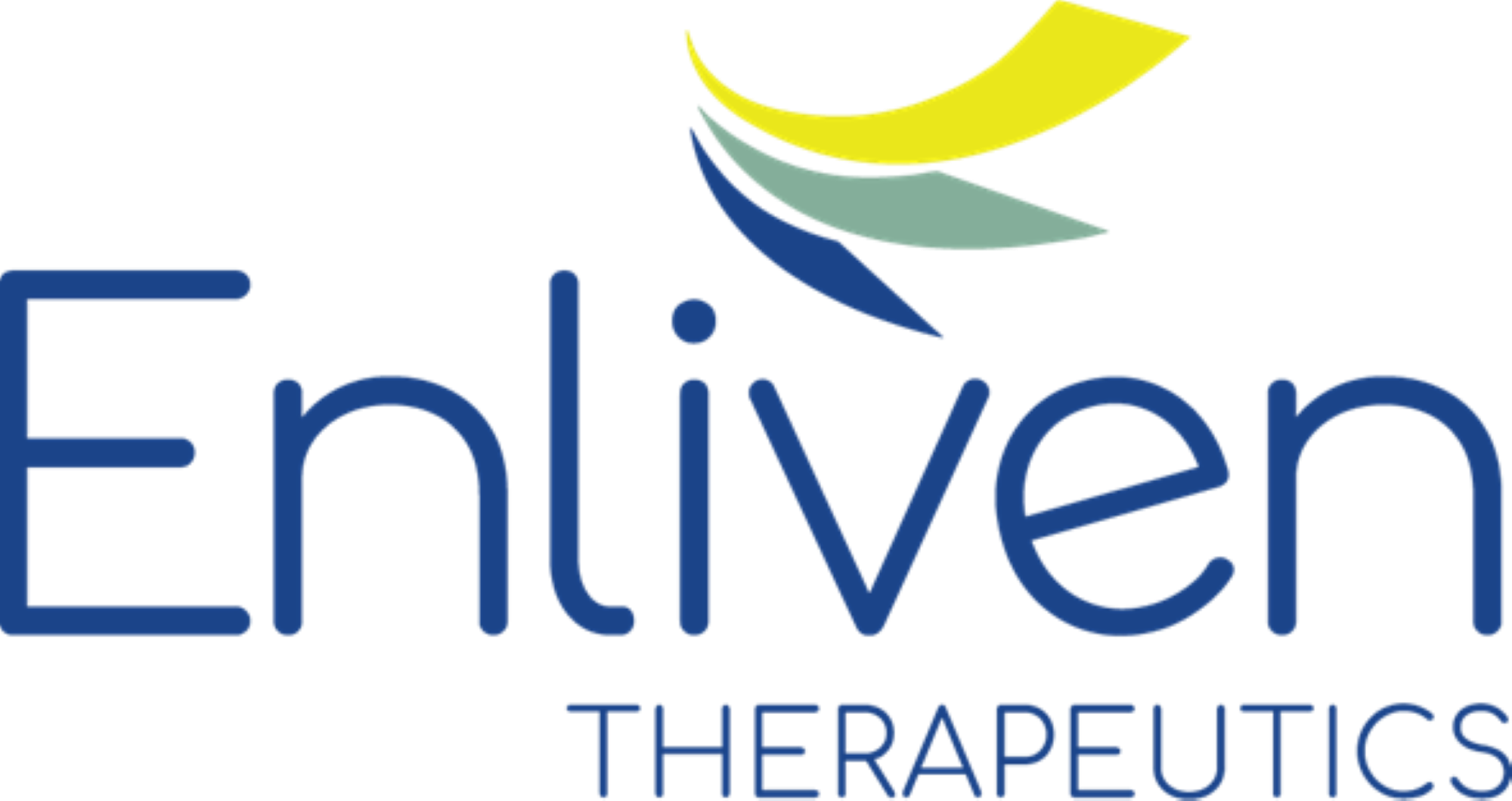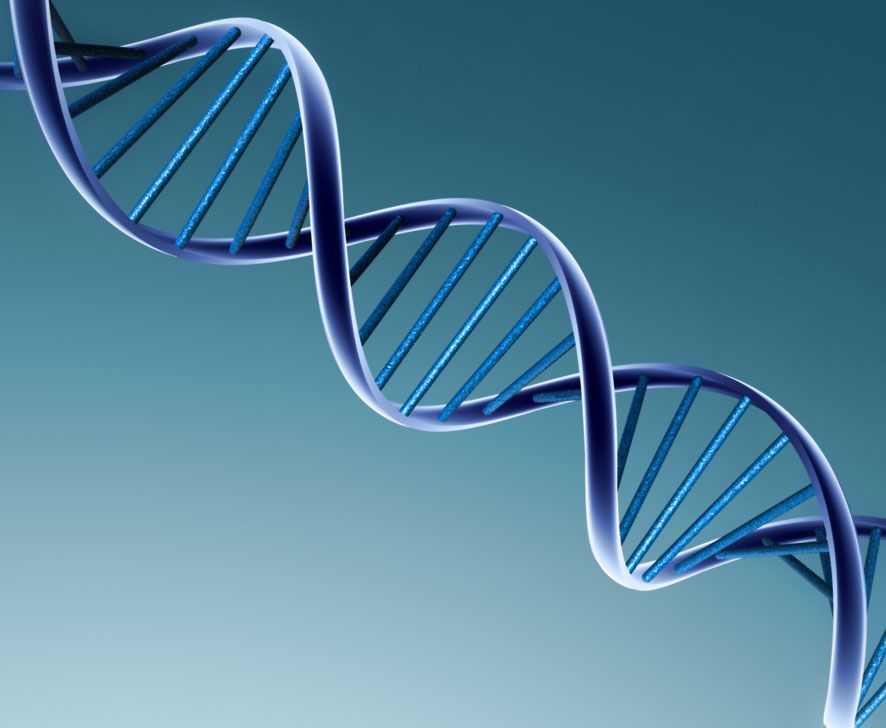CRISPR tech enables latest disease, crop research

A Chinese scientist recently shocked the world by admitting he had used CRISPR genome-editing technology to alter the embryos of twin girls to prevent them from contracting HIV. The move, which was done outside of normal ethical parameters, created an immediate backlash around the world and shook up an industry that has never had an easy time explaining how and why it does what it does.
So what is CRISPR? It is a set of enzymes or molecular scissors that allow scientists to cut the genome at a precise point. Like molecular surgery. The genome-editing technology was initially discovered in 1987 but has become more widely used since advancements were made in 2012. It has the potential to improve everything from energy production and crop yields to disease prevention.
CRISPR allows researchers to “change, insert, swap or delete parts of the genome in a precise manner. That DNA sequence controls the properties of the cell and will dictate which application or problem you can solve,” said Kevin Ness, CEO of Boulder-based Inscripta, a gene-editing technology company that has devised its own series of CRISPR enzymes called MADzymes for use in research and commercial applications. The company has also developed a full suite of gene-editing tools, like instruments, reagents and software.
“Gene editing, we truly believe, is one of the most exciting breakthroughs of this young century. The things gene editing will do for society is transformational. Many problems plaguing society can be addressed as humans begin to understand and really control, with better tools, gene editing.”
Those issues include the energy crisis and climate change to how to feed a growing population with stable food supplies. It also has the potential to help humans find new ways to fight disease.
“It has so much potential but not all of that potential is being materialized. The problem is not as much research is being done with this amazing opportunity as should be being done,” Ness said.
One of the biggest problems with the technology today is that many people aren’t getting access to the tools they need to do gene editing and the performance of those tools needs to deliver what the researchers want them to.
Gene editing is not new, Ness said. Every five to 10 years, a new style of gene editing pops up.
“We have a few decades of pent-up ideas that the community has gotten extremely excited about,” said Ness. “The first three waves of [gene-editing] chemistries petered out and failed. Those were exciting waves that emerged at the same level in the science community that CRISPR has but CRISPR has kept going. That will be the one that really delivers if a few improvements are done to that.”
Unfortunately, the CRISPR enzymes are exclusively licensed to certain players in the industry. Everyone else is blocked from doing work with CRISPR who didn’t get the initial patents to those enzymes, he said. Researchers can get their hands on it but if they want to commercialize a byproduct of their research using CRISPR, they are hit with double-digit royalties and licensing fees, said Ness.
Large corporations are not making investments in this area because they are concerned about the complexities of the intellectual property space here, he said. “That is a real problem. The good ideas sitting on the sidelines now are not being worked on because they are restricted because of IP access limitation.”
Inscripta is trying to help with that. It has developed its own series of enzymes called MADzymes that it is offering to the gene-editing community for free. All that it asks is that people change the MADzymes in some way before putting their own product out to market. If they just release their own product using MADzymes as they currently exist, without altering them in some way, the company will charge them a licensing fee.
As for ethics, Ness said that after the China scandal hit at the end of 2018, he went back and altered Inscripta’s licensing agreements, explicitly stating that its technologies can’t be used in human germline editing, which is the act of changing genes that can be passed on to later generations.
“Human germline editing should not be done right now,” he said. The scientific community in both the U.S. and China has said that what the Chinese scientist did was illegal.
“What was done here shouldn’t have been done; it was not good science, and it was unnecessary,” Ness said.
Scientists at both Colorado State University and the University of Colorado are finding new ways to use CRISPR technology.
Stephen Pearce, assistant professor at Colorado State University, is trying to apply molecular biology and bioinformatics approaches to improve wheat yield and quality.
He said the main reason he works with plants is because it is less controversial than working with humans.
Pearce’s department works closely with the wheat industry to come up with new varieties that are better adapted to Colorado’s climate. The hardest part about working with DNA is that, even in plants, DNA sequences are long and complicated. It has only been the past 10 years or so that good reference sequences have been developed for different plant species, he said. Those sequences tell researchers how many genes are in the genome and what each gene does.
The lab has only recently started experimenting with CRISPR technology to remove one or two DNA letters out of 16 billion in the wheat genome to try and make specific changes to the plant. The same types of experiments have gone on through traditional plant breeding methods for years, but CRISPR “accelerates things,” Pearce said.
“All of our applications so far are just removing DNA. We are trying to make targeted deletions, which is a more straightforward approach to genome editing. If we want to make additions or change one base to another it is more complicated,” Pearce said. Going in and breaking one gene that a plant already has can have positive effects on yield, growth and disease resistance.
His group at CSU has only been around three years and has only been working with CRISPR for one year.
“It takes time to get these things up and running. We are just getting our first plants back,” he said. Other researchers in the field have gotten good results with CRISPR gene editing, and Pearce is hoping his lab will too.
Many people don’t understand what gene editing is and are scared of it, particularly when it relates to humans and the foods they are growing.
“A lot of it comes down to a lack of understanding of what is going on. It is a natural process,” Pearce said. The technology is just allowing scientists to make what would have been naturally occurring changes over time, more immediate.
“We are accelerating the natural mutation process. There is still a lot of skepticism and fear of the unknown of these applications,” he said. “We are hoping we can do a better job of explaining how these things come about and what is going into novel varieties. … We are worried we will be tarred with the same brush as GMO (genetically modified organism) breeds of the past generation.”
With CRISPR, scientists aren’t necessarily adding whole new genes into a plant and crossing species barriers to do it. They can change the plant’s own DNA in ways they know will help it perform better in certain environments, Pearce said. They can make the plant more drought tolerant, increase its resistance to disease and encourage better root growth in a more rapid fashion than through traditional cross breeding methods. These improvements will be necessary moving forward to help feed the ever-growing world population with a smaller amount of farmable land.
Josh Stern, postdoctoral fellow in the Laboratory of Nobel Laureate Dr. Thomas Cech, said that almost without exception, CRISPR technology is used to try to better understand human disease.
“For a long time it was difficult to work in human cells and study how genes function,” Stern said. Scientists would have to study how these genes work in other organisms like yeast or mice.
CRISPR allows researchers to “probe the base of human disease, which was essentially intractable before. There were some approaches that were so cumbersome and difficult to use, and CRISPR is so straightforward and easy for people to learn how to use,” he said.
This technology has gotten more accurate over time.
“We include controls to help us make sure what we’re seeing is really based on what we think we’re doing and not some off-target effect. Those kinds of concerns are dissipating with improvements in the technology,” Stern said.
What makes CRISPR special is that it can be used to study genetics in almost anything “and we’re only at the beginning of understanding what can be done with the diversity of versions of CRISPR technology,” he said. “So anytime we’re presented with a problem that involves an organism or want to know an answer about an organism … CRISPR is the most powerful technology we have for undertaking those studies and answering those questions.”
In the United States, all of the technologies researchers are using to edit genes are highly regulated, he said. The rules are very strict.
“When CRISPR came along its power was recognized from the outset. The discoverers of this technology have been requesting society’s social discussion to work out what we want this technology to be doing for us and there’s no question that we will use it for trying to solve medical problems,” Stern said.
And although the industry is far from being able to deliver therapeutic CRISPR technology, there are technologies that are leading up to that, he said, like taking immune cells out of patients and modifying them so they can attack cancer.
A Chinese scientist recently shocked the world by admitting he had used CRISPR genome-editing technology to alter the embryos of twin girls to prevent them from contracting HIV. The move, which was done outside of normal ethical parameters, created an immediate backlash around the world and shook up an industry that has never had an easy time explaining how and why it does what it does.
So what is CRISPR? It is a set of enzymes or molecular scissors that allow scientists to cut the genome at a precise point. Like molecular surgery. The genome-editing technology was…
THIS ARTICLE IS FOR SUBSCRIBERS ONLY
Continue reading for less than $3 per week!
Get a month of award-winning local business news, trends and insights
Access award-winning content today!




